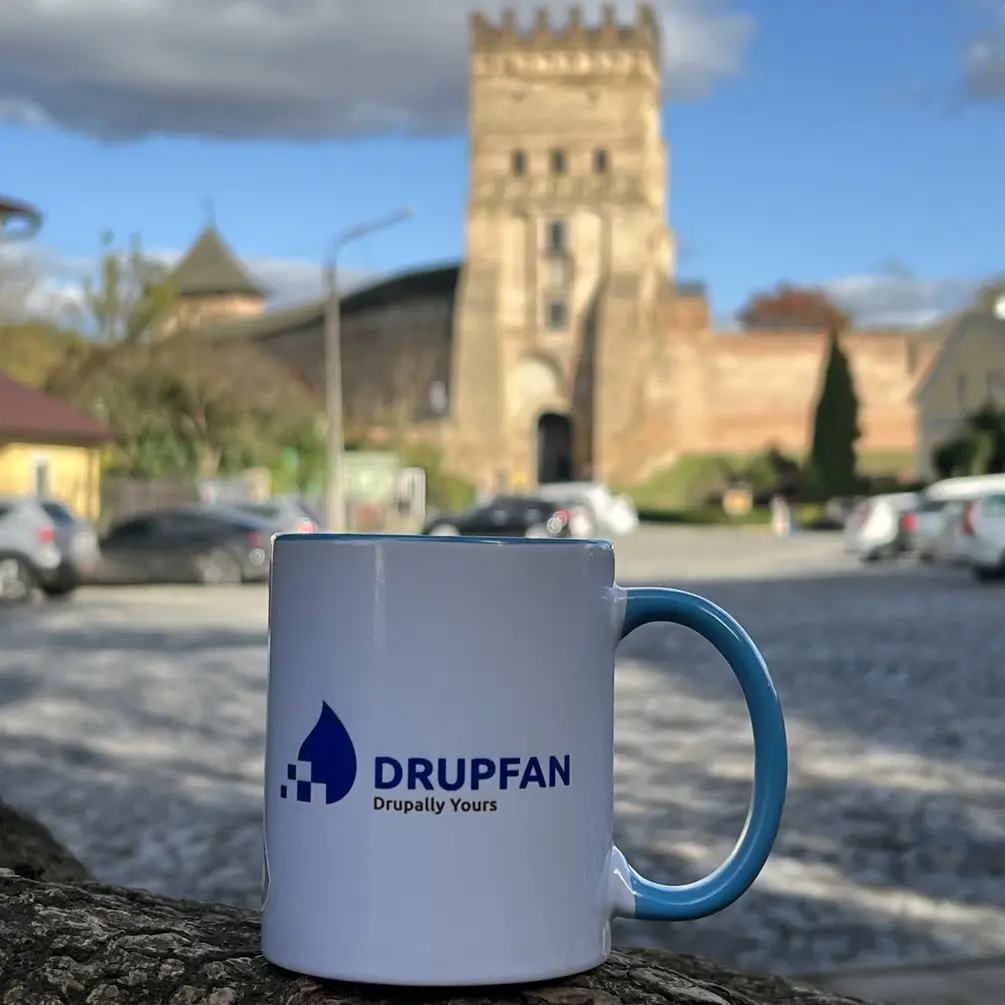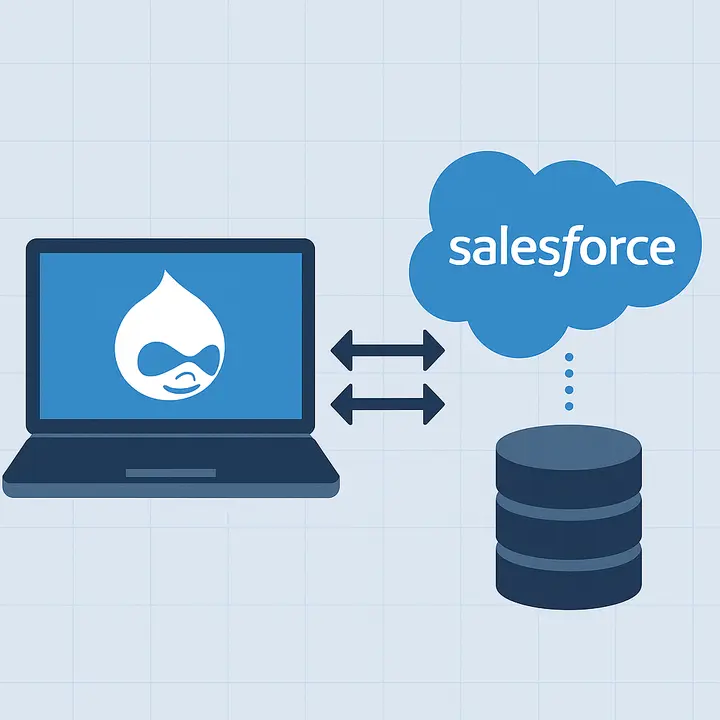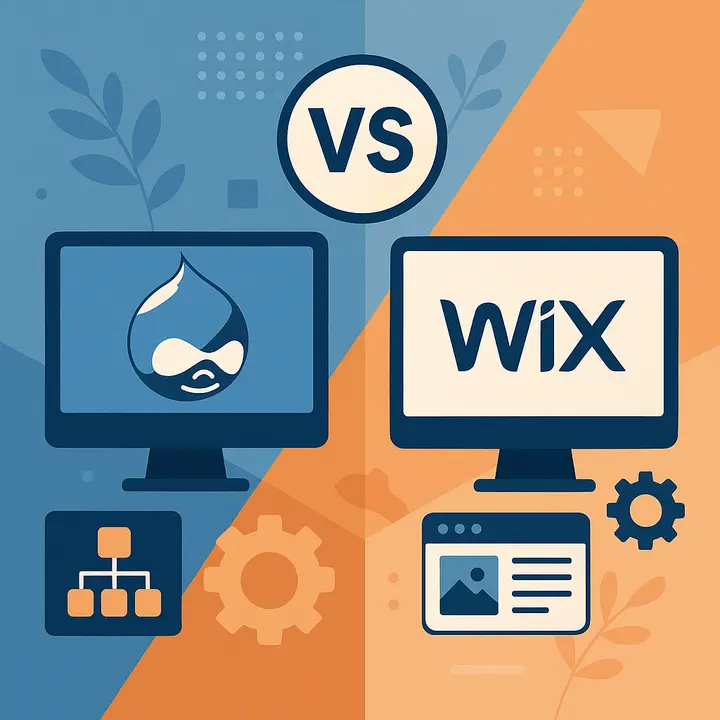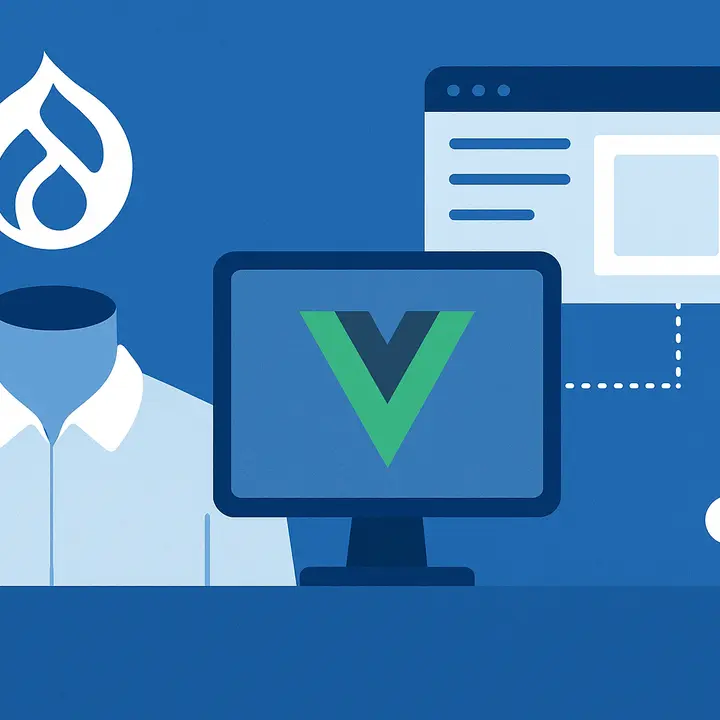Real Drupal 11 Migration Project Timelines and Pitfalls
Migration duration depends heavily on your site’s complexity.
Site Type | Estimated Duration | Cost Range |
Basic marketing site | 2–3 months | $15K–$30K |
Medium complexity (20–50 content types, integrations) | 4–6 months | $40K–$80K |
Enterprise site (multilingual, workflows, custom modules) | 6–12+ months | $100K+ |
What extends projects:
- Incomplete audits leading to late-stage surprises
- Unrealistic expectations for 1:1 parity
- Underestimating internal content migration or QA
- Lack of in-house technical leadership
Benefits After a Successful Migration to from Drupal 7 to Drupal 11
Once your Drupal 11 site is live, the advantages become clear:
- Security-first foundation: Actively supported, modern Symfony stack.
- Better performance: Caching, lazy loading, and front-end improvements.
- Developer-friendly: Composer, OOP architecture, modern APIs.
- Editorial enhancements: Layout Builder, improved media management, workflows.
- API-first: Headless-ready, ideal for mobile apps and third-party integrations.
We’ve seen clients reduce their technical debt by 60% and increase development velocity post-migration. Maintenance becomes easier, and onboarding new devs is faster.
What Site Owners Can Do to Prepare for Drupal 11 Migration
Here’s a migration readiness checklist for decision-makers:
✅ Technical:
- Audit current content types, views, blocks, modules
- List all custom code and integrations
- Ensure current PHP version is compatible (PHP 8.2+ for D11)
✅ Content:
- Archive outdated content
- Clean up unused files and taxonomy terms
- Finalize content strategy for the new site
✅ Business:
- Align stakeholders on goals
- Decide which features are essential vs legacy
- Budget realistically for migration and post-launch support
✅ Integration:
- Identify all external systems (CRM, ERP, analytics)
- Document existing API connections
- Check for modern alternatives or updated endpoints
Collaboration Models with Drupfan Software
Partnering with a Drupal-focused agency like Drupfan Software can drastically de-risk and accelerate your migration.
Full-Cycle Migration
We handle everything from audits to launch, freeing up your team to focus on business goals.
Hybrid Collaboration
We rebuild the architecture and provide migration scripts, while your team handles data cleanup or internal content reviews.
Consultation-Based
Ideal for teams who want to DIY but need guidance. We provide audits, migration plans, and code reviews.
Phased Execution
Start small: migrate just one section, validate, and scale. Ideal for large organizations with complex governance.
Conclusion
Migrating from Drupal 7 to 11 isn’t a minor version bump, it’s a strategic transformation. Yes, it’s technically demanding. Yes, it requires budget, planning, and collaboration. But the reward is a future-proof, high-performing digital platform that can grow with your organization’s needs.
Whether you need an outsourcing migration partner or expert guidance for your internal team, Drupfan is here to help. Let’s talk. Contact us to plan your migration journey.





